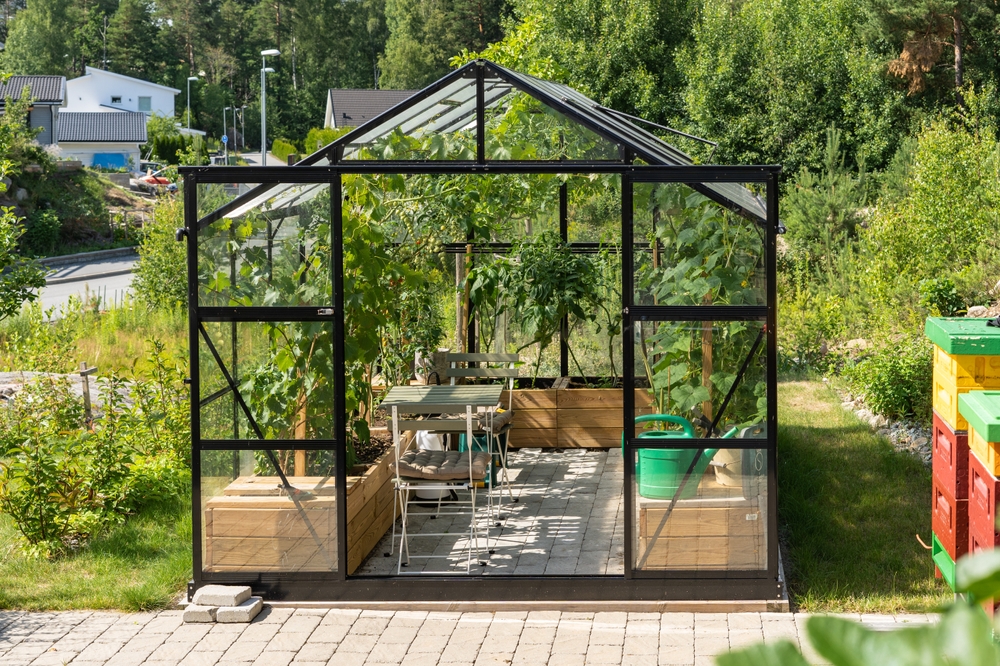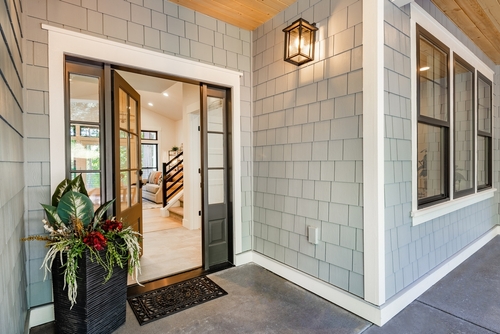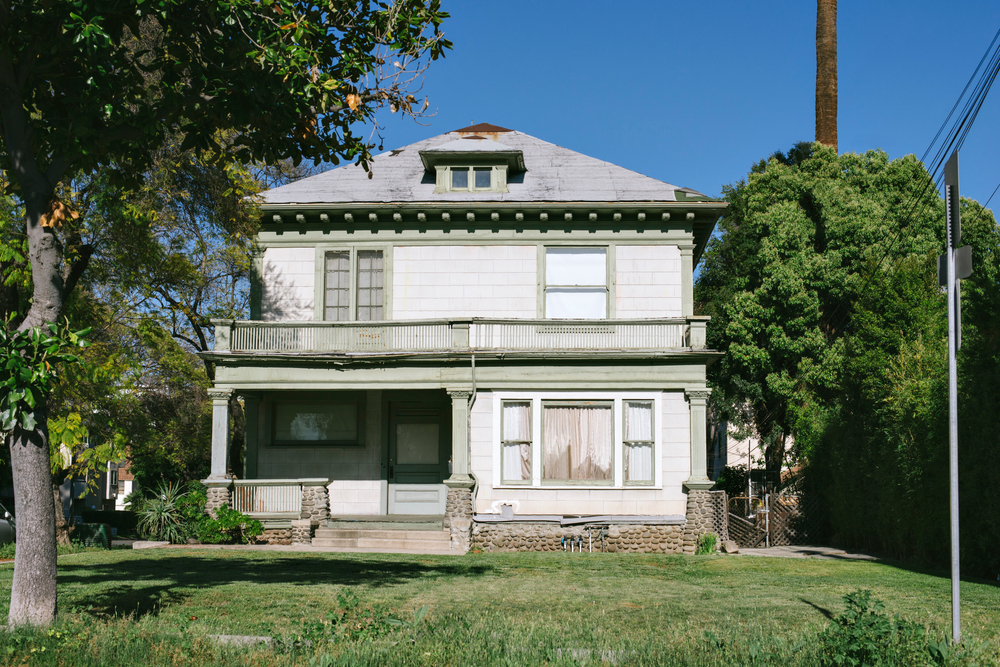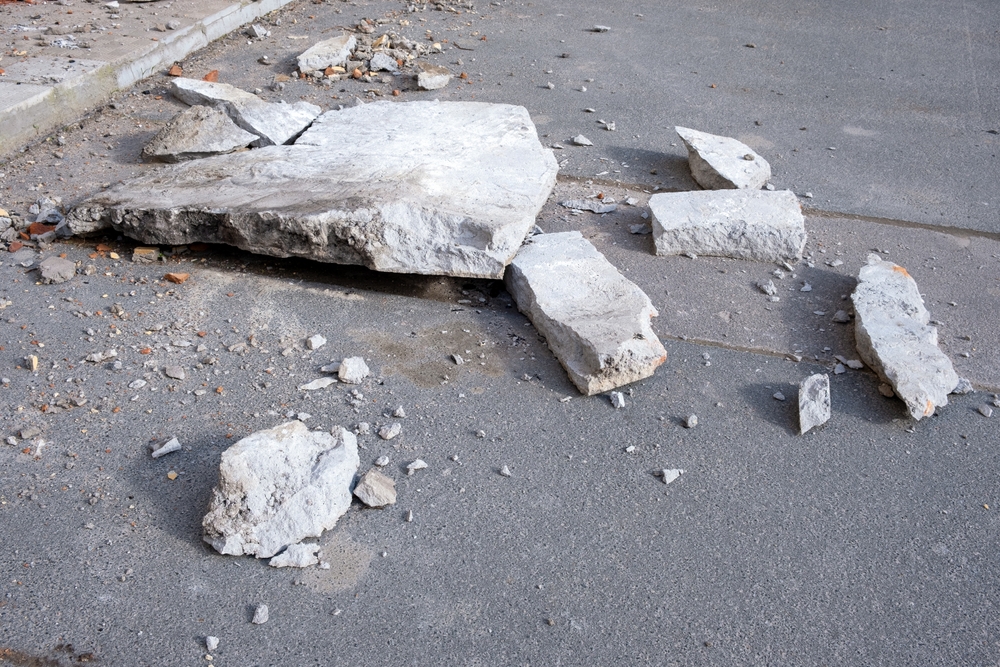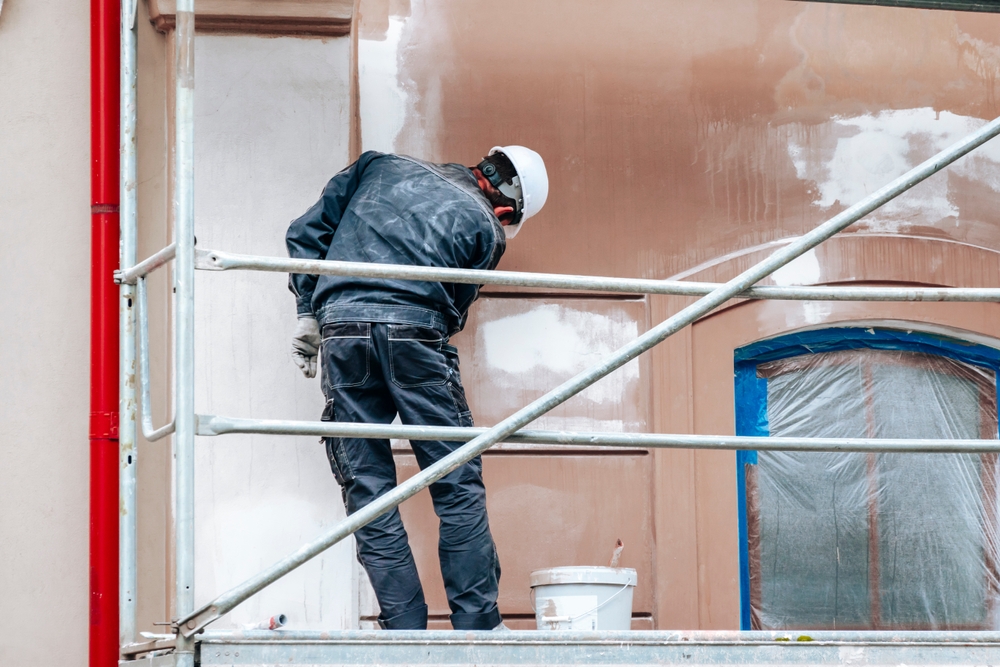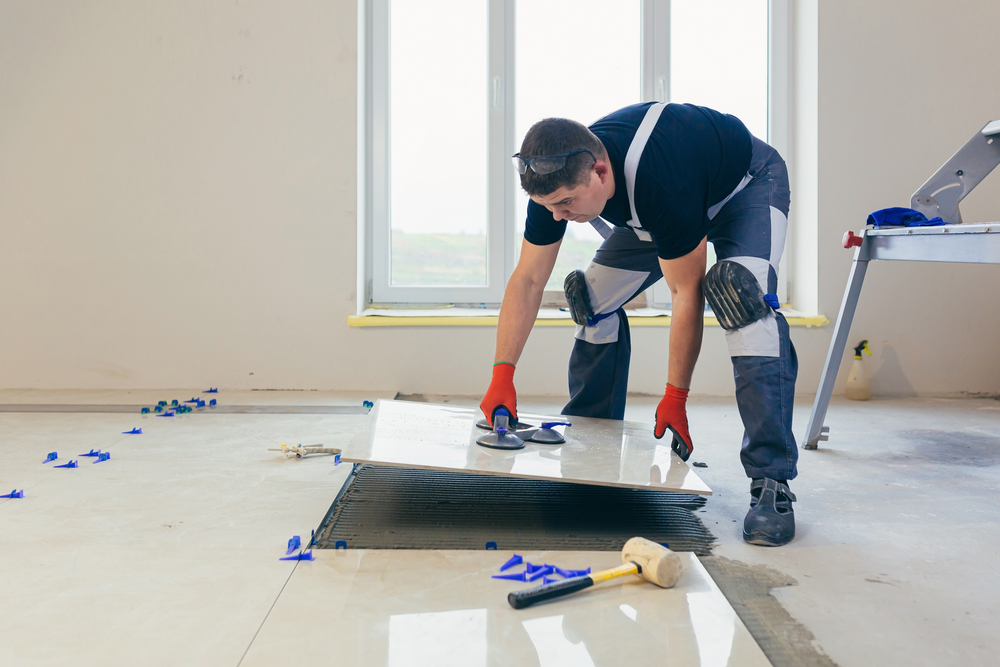May 3, 2024 - Benjamin Ehinger
Cheapest Siding for Your House: Cost-Effective Options for Homeowners
CALL NOW 844-762-8449
Selecting the right siding for your home is both a financial and aesthetic decision. Siding can dramatically change the appearance of your house and, with the various materials available, you have numerous options that can fit a range of budgets. The cheapest siding options tend to include materials like vinyl, aluminum, and engineered wood. These materials are not only cost-effective but also relatively durable and low-maintenance, which can save money over time.
While the upfront costs of these affordable materials can be quite attractive, it’s essential that you consider several factors beyond the initial price. The longevity and energy efficiency of the siding, as well as installation costs, must be factored into your decision. Cheaper siding may also have limitations in style or color choices, which could affect the overall look of your home. Moreover, each type of siding has its own maintenance requirements and durability against the elements, which could influence your long-term satisfaction and potential resale value.
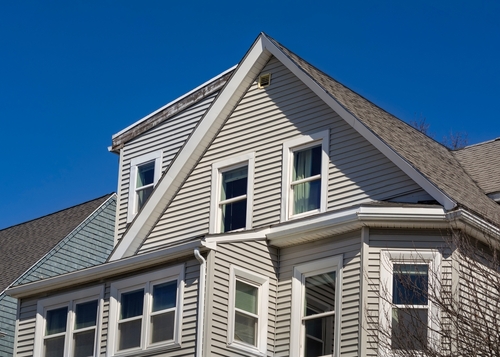 When you’re considering siding options for your house, it’s important to weigh the advantages like cost-effectiveness and maintenance against potential downsides such as durability and energy efficiency.
When you’re considering siding options for your house, it’s important to weigh the advantages like cost-effectiveness and maintenance against potential downsides such as durability and energy efficiency.
Key Takeaways
- Cost-effective materials like vinyl and engineered wood offer both affordability and durability.
- Consideration of longevity, energy efficiency, and installation costs is vital beyond just the initial price.
- Cheap siding may have limitations in style and color, and different materials vary in maintenance needs and weather resistance.
Types of Economical Siding Options
When you’re considering re-siding your home, your budget is a significant factor. Among the myriad of options available, some siding materials offer a balance between cost-effectiveness and longevity. Let’s explore some of the most economical siding solutions that will protect your home without breaking the bank.Vinyl Siding
Vinyl siding is renowned for its cost efficiency and versatility. With a variety of textures and colors, it can mimic other siding materials like wood, without the associated maintenance costs. According to Home Inspection Insider, vinyl siding is affordable on both the initial investment and the lifetime cost, factoring in its ease of installation and minimal upkeep requirements.Engineered Wood Siding
Engineered wood siding offers the visual appeal of natural wood but at a fraction of the cost. It’s composed of wood fibers and exterior-grade resins, which make it resistant to weather and insect damage. In terms of installation and maintenance, engineered wood is often less expensive than traditional wood siding, making it a cost-effective option.Aluminum Siding
Aluminum siding is a budget-friendly alternative that averages between $6 to $10 per square foot. It’s durable, fire-resistant, and doesn’t succumb to rot or insect infestation. Although not as cheap as some options, its longevity can offer savings over time.Fiber Cement Siding
Fiber cement siding strikes a balance between cost, durability, and maintenance. It is often more affordable than traditional wood siding and provides resistance to fire, insects, and weathering. Remodeling magazine suggests that, while slightly more premium in price, fiber cement can be a sound investment over time due to its durability.Stucco and Brick Veneer Siding
Stucco and brick veneer are traditional siding materials that provide a classic look with reasonable longevity. Stucco, in particular, is cost-effective, providing good insulation and requiring less maintenance. Brick veneer gives the aesthetic of real brick but is amongst the cheapest siding options due to its simpler installation and reduced material costs.Factors Influencing Siding Cost
When considering new siding, two main financial aspects involve the type of material and the associated installation costs. These play a significant role in the overall price you’ll pay.Materials and Durability
Your choice in siding materials is a fundamental determiner of both cost and durability. For instance, vinyl siding is known for being cost-effective, with prices usually around $6.40 per square foot, while fiber cement siding stands out as a balance between affordability and resilience, often costing between $3 and $6 per square foot. On the higher end, stone can reach up to $45 per square foot, and while expensive, it offers enhanced durability and lifespan.Installation and Labor Costs
Installation complexity and labor costs contribute significantly to your total siding expenditure. Labor rates can vary from $1.50 to $4.50 per square foot, higher rates typically relating to more complex installations. The design of your home, the type of siding you select, and regional labor rates all influence these costs.Siding Quality and Lifespan
Finally, the siding quality directly impacts not only the upfront cost but also the lifespan of the siding. High-quality vinyl siding, for example, might cost up to $8.20 per square foot, reflecting its longer life expectancy and fewer maintenance requirements. Investing in quality can lead to less frequent replacements, potentially saving you money in the long term.Advantages and Considerations for Cheap Siding
 When you’re considering siding options for your house, it’s important to weigh the advantages like cost-effectiveness and maintenance against potential downsides such as durability and energy efficiency.
When you’re considering siding options for your house, it’s important to weigh the advantages like cost-effectiveness and maintenance against potential downsides such as durability and energy efficiency.
Maintenance and Aesthetics
Low Maintenance: Many cheap siding options require minimal upkeep. For instance, vinyl siding is known for being low maintenance, with a need for only occasional cleaning to keep it looking fresh. Aesthetics: This type of siding can imitate more expensive materials, offering a variety of patterns and colors. However, cheaper products might be more prone to peeling or fading over time compared to their higher-end counterparts, impacting the overall aesthetics of your home. Reading about cheap siding alternatives could provide more insight into various materials and their aesthetic appeal.Weather Resistance and Energy Efficiency
Weather-Resistant: Cheap siding may vary in its ability to withstand harsh weather conditions. While options like fiber cement provide good weather resistance, some inexpensive materials may show more weather damage over time. Energy Efficiency: In terms of insulation and energy efficiency, an inexpensive siding may not perform as well as more costly types. Insulation directly affects your home’s energy consumption, so choosing a cheap siding with decent insulation can benefit your energy bills. A comprehensive guide on exterior siding options might further inform your decision on balancing weather resistance with energy efficiency.Increasing Property Value and Warranty
Property Value: While the initial cost savings of cheap siding are clear, consider the long-term effect on your property value. Quality siding can be a selling point, so weigh the cost against prospective value addition to your property. Warranty: It’s essential to check the warranty of any siding you choose. Cheaper options might come with shorter or less comprehensive warranties, which can affect future cost savings. Details on different siding materials and their warranties can be gleaned from resources like siding price guides.Frequently Asked Questions
When considering siding for your home, you likely have questions about cost and practicality. This section aims to address some of the most common inquiries homeowners have.What are the most cost-effective siding options available for homes?
The most cost-effective siding options include vinyl siding, which offers affordability both in initial investment and maintenance costs, and fiber cement siding, which balances cost with durability. Just remember, if putting siding on your home is going to be a DIY project, you will likely need a construction dumpster rental to dispose of the old siding and waste materials.How does aluminum siding compare in cost to other materials?
Aluminum siding is competitively priced with options like vinyl and fiber cement, but it may have higher lifetime costs when factoring in maintenance and energy efficiency.What siding material offers the lowest price per square foot?
Clapboard vinyl siding generally offers the lowest price per square foot, starting from just $1-$6, making it a highly affordable option for many homeowners.What are some affordable alternatives to vinyl siding for residential properties?
Engineered wood presents a cost-effective and aesthetically pleasing alternative to vinyl siding, as it mimics the look of natural wood siding without the higher cost.Can you suggest easy-to-install siding options for DIY enthusiasts?
Vinyl siding is known for its ease of installation, making it ideal for DIY enthusiasts. Besides being lightweight, it often features a simple interlocking system for quick setup.How can I estimate the cost of siding for different sizes of home exteriors?
To estimate siding costs effectively, consider the price per square foot of your chosen material and multiply it by the total exterior square footage of your home. Remember, additional factors such as the shape and size of your house will affect the overall price.RECENT BLOGS
Our Reviews
Glenda Lanier Prowell
1721758635
I have ordered an 11 yard dumpster to be delivered to my house.Lonier was extremely helpful and answered all my questions. The rate was very reasonable.
Cedric Smikle
1721660395
Amber was extremely professional and courteous. She answered all of my questions and even some that I didn’t know I needed to ask.
Cait Kaider
1721243051
I highly recommend Waste Removal USA for their responsiveness and how the staff work hard to provide exceptional customer service. They have done well by us and our clients. Thank you!
Easom Family
1721223306
Louiner Pierre-Louis Is awesome! Did a great job. Will definitely be using this same company for all my dumpster needs because of his awesome customer service! Thank you!!!
tabitha Vazquez
1720539988
Wonderful and fast customer service!
LATEST BLOGS
